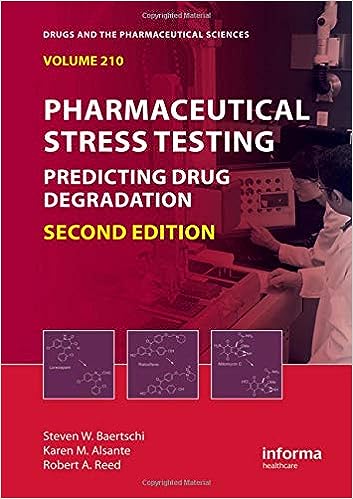StabilityStudies.in
Standard Operating Procedure for Stability Testing of High-Risk Drug Products
1) Purpose
The purpose of this SOP is to establish a standardized procedure for conducting stability studies on high-risk drug products. These studies aim to ensure the safety, efficacy, and quality of these products throughout their shelf life by evaluating how various environmental factors, such as temperature, humidity, and light, affect their stability.
2) Scope
This SOP applies to all high-risk drug products, including but not limited to drugs with narrow therapeutic windows, high toxicity, or those requiring precise dosing. The SOP is relevant to all departments
involved in the manufacturing, quality control, quality assurance, and regulatory compliance of high-risk drug products.
3) Responsibilities
- Quality Control (QC) Team: Responsible for conducting stability testing according to the established protocol and documenting all results.
- Quality Assurance (QA) Team: Ensures compliance with this SOP, reviews test results, and approves the final reports.
- Regulatory Affairs Team: Responsible for ensuring that the stability study meets all regulatory requirements.
- Production Team: Provides the necessary samples and maintains records of batch production.
4) Procedure
The following steps outline the procedure for conducting stability studies for high-risk drug products:
- Preparation for Stability Study
- Identify the high-risk drug product(s) to be tested.
- Determine the stability parameters, including temperature, humidity, light exposure, and any specific storage conditions relevant to the product.
- Ensure that all test materials, including drug samples, stability chambers, and analytical equipment, are calibrated and in good working condition.
- Design of the Stability Study
- Develop a stability study protocol that includes test intervals (e.g., 0, 3, 6, 9, 12 months), testing conditions (e.g., 25°C/60% RH, 30°C/65% RH), and the required sample size.
- Submit the stability study protocol for review and approval by the QA and Regulatory Affairs teams.
- Execution of the Stability Study
- Place the samples in the designated stability chambers according to the approved protocol.
- Monitor and record environmental conditions such as temperature and humidity throughout the study period.
- At each specified test interval, withdraw samples and conduct the necessary analytical tests to evaluate the drug’s physical, chemical, and microbiological stability.
- Document all observations, test results, and deviations from the protocol, if any.
- Data Analysis and Interpretation
- Analyze the stability data to assess any trends in degradation, potency loss, or other quality attributes over time.
- Compare the results with predefined acceptance criteria to determine if the product remains stable under the tested conditions.
- Reporting and Documentation
- Prepare a detailed stability study report, including all raw data, statistical analyses, and conclusions.
- Submit the report to the QA team for review and approval.
- Ensure all records are maintained according to the organization’s documentation retention policy.
5) Abbreviations, if any
- QC: Quality Control
- QA: Quality Assurance
- RH: Relative Humidity
6) Documents, if any
- Stability Study Protocol
- Stability Data Sheets
- Analytical Test Reports
- Stability Study Report
7) Reference, if any
- ICH Q1A(R2): Stability Testing of New Drug Substances and Products
- WHO Technical Report Series No. 953: Annex 2, Stability Testing of Active Pharmaceutical Ingredients and Finished Pharmaceutical Products
- FDA Guidance for Industry: Stability Testing of Drug Substances and Drug Products
8) SOP Version
Version 1.0
StabilityStudies.in
